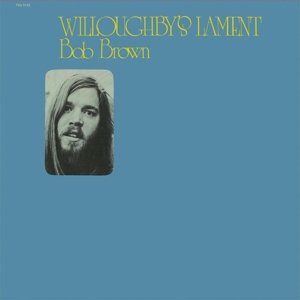
Powiedz znajomym o tym przedmiocie:
The Complete Book of Cheese
Bob Brown
The Complete Book of Cheese
Bob Brown
The Complete Book of Cheese by Bob Brown Illustrations by Eric Blegvad Includes the A- Z of Cheese Cheese is a food derived from milk that is produced in a wide range of flavors, textures, and forms by coagulation of the milk protein casein. It comprises proteins and fat from milk, usually the milk of cows, buffalo, goats, or sheep. During production, the milk is usually acidified, and adding the enzyme rennet causes coagulation. The solids are separated and pressed into final form. Some cheeses have molds on the rind or throughout. Most cheeses melt at cooking temperature. Hundreds of types of cheese from various countries are produced. Their styles, textures and flavors depend on the origin of the milk (including the animal's diet), whether they have been pasteurized, the butterfat content, the bacteria and mold, the processing, and aging. Herbs, spices, or wood smoke may be used as flavoring agents. The yellow to red color of many cheeses, such as Red Leicester, is produced by adding annatto. For a few cheeses, the milk is curdled by adding acids such as vinegar or lemon juice. Most cheeses are acidified to a lesser degree by bacteria, which turn milk sugars into lactic acid, then the addition of rennet completes the curdling. Vegetarian alternatives to rennet are available; most are produced by fermentation of the fungus Mucor miehei, but others have been extracted from various species of the Cynara thistle family. Cheese market day in a town in the north of Holland. All the cheese-fanciers are out, thumping the cannon-ball Edams and the millstone Goudas with their bare red knuckles, plugging in with a hollow steel tool for samples. In Holland the business of judging a crumb of cheese has been taken with great seriousness for centuries. The abracadabra is comparable to that of the wine-taster or tea-taster. These Edamers have the trained ear of music-masters and, merely by knuckle-rapping, can tell down to an air pocket left by a gas bubble just how mature the interior is. The connoisseurs use gingerbread as a mouth-freshener; and I, too, that sunny day among the Edams, kept my gingerbread handy and made my way from one fine cheese to another, trying out generous plugs from the heaped cannon balls that looked like the ammunition dump at Antietam. I remember another market day, this time in Lucerne. All morning I stocked up on good Schweizerkäse and better Gruyère. For lunch I had cheese salad. All around me the farmers were rolling two-hundred-pound Emmentalers, bigger than oxcart wheels. I sat in a little café, absorbing cheese and cheese lore in equal quantities. I learned that a prize cheese must be chock-full of equal-sized eyes, the gas holes produced during fermentation. They must glisten like polished bar glass. The cheese itself must be of a light, lemonish yellow. Its flavor must be nutlike. (Nuts and Swiss cheese complement each other as subtly as Gorgonzola and a ripe banana.) There are, I learned, "blind" Swiss cheeses as well, but the million-eyed ones are better.
| Media | Książki Paperback Book (Książka z miękką okładką i klejonym grzbietem) |
| Wydane | 13 października 2013 |
| ISBN13 | 9781492976462 |
| Wydawcy | Createspace Independent Publishing Platf |
| Strony | 310 |
| Wymiary | 203 × 254 × 17 mm · 616 g |
| Język | English |
Więcej od Bob Brown
Zobacz wszystko od Bob Brown ( np. Paperback Book , Hardcover Book , Book , CD i LP )

 Świąteczne prezenty można zwracać do 31 stycznia
Świąteczne prezenty można zwracać do 31 stycznia



















![Cover for Bob Brown · The Wall I Built Myself (LP) [Reissue edition] (2016)](https://imusic.b-cdn.net/images/item/original/128/0856225005128.jpg?bob-brown-2016-the-wall-i-built-myself-lp&class=scaled&v=1470762465)





